Dynatrace accelerates business transformation with new AI observability solution
Dynatrace
JANUARY 31, 2024
While off-the-shelf models assist many organizations in initiating their journeys with generative AI (GenAI), scaling AI for enterprise use presents formidable challenges. Figure 1: Sample RAG architecture While this approach significantly improves the response quality of GenAI applications, it also introduces new challenges.






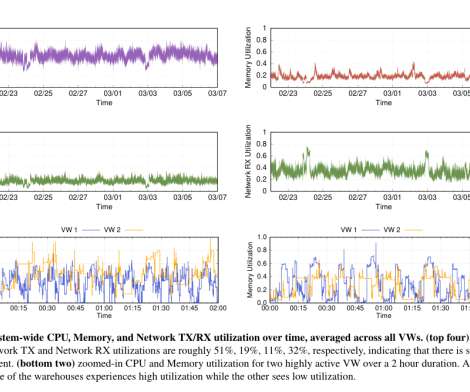






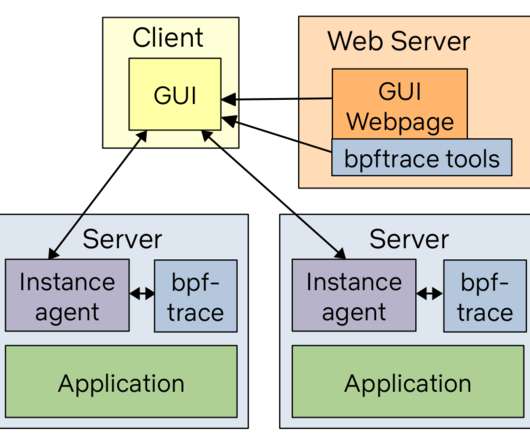






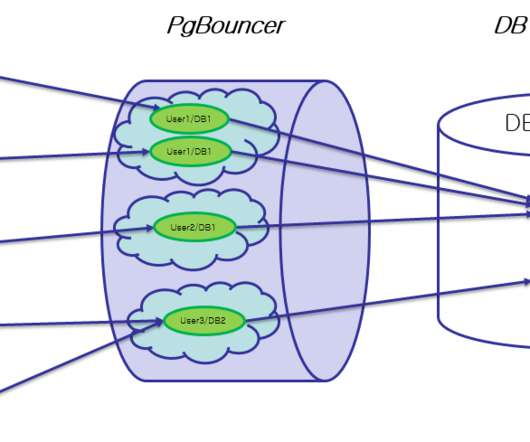



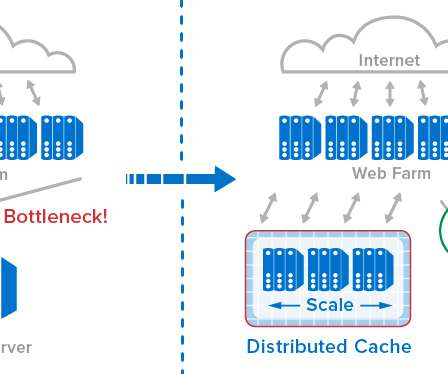
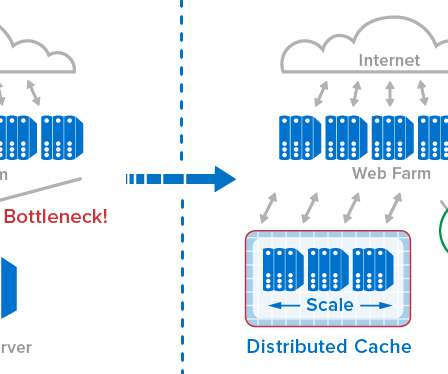


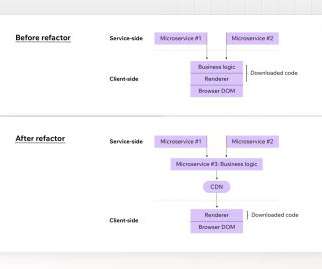


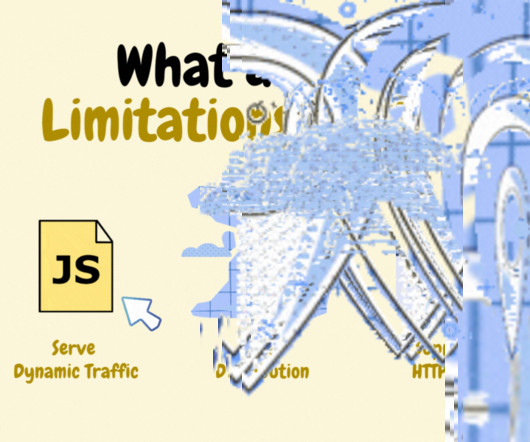
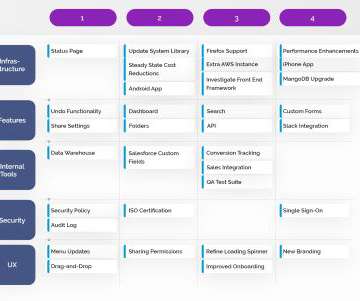



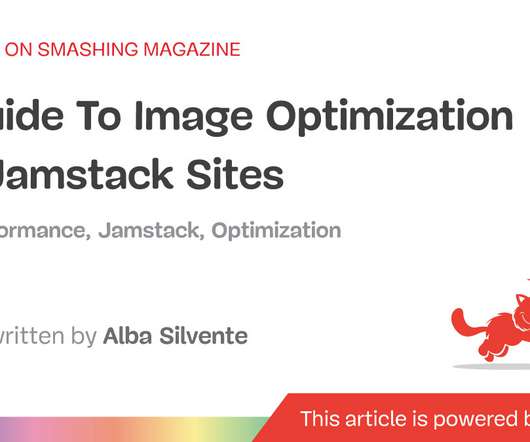





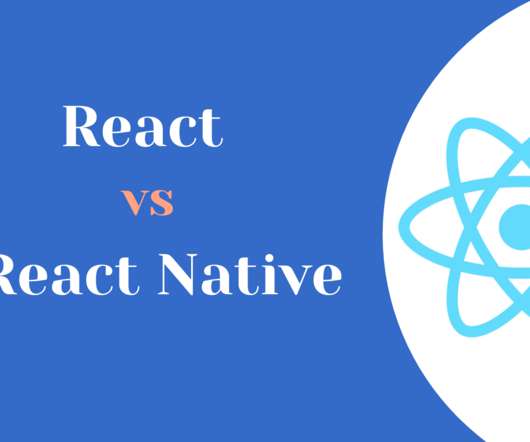






Let's personalize your content